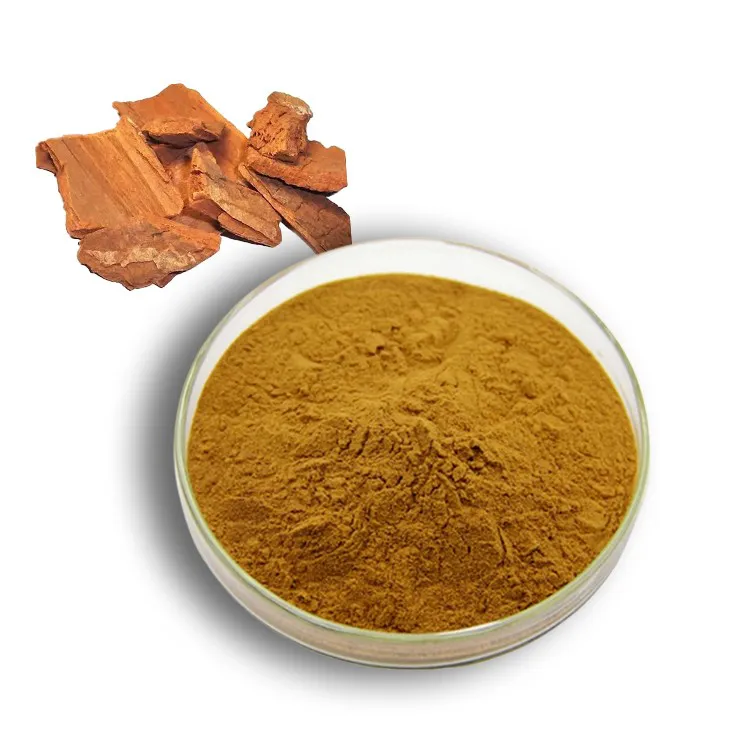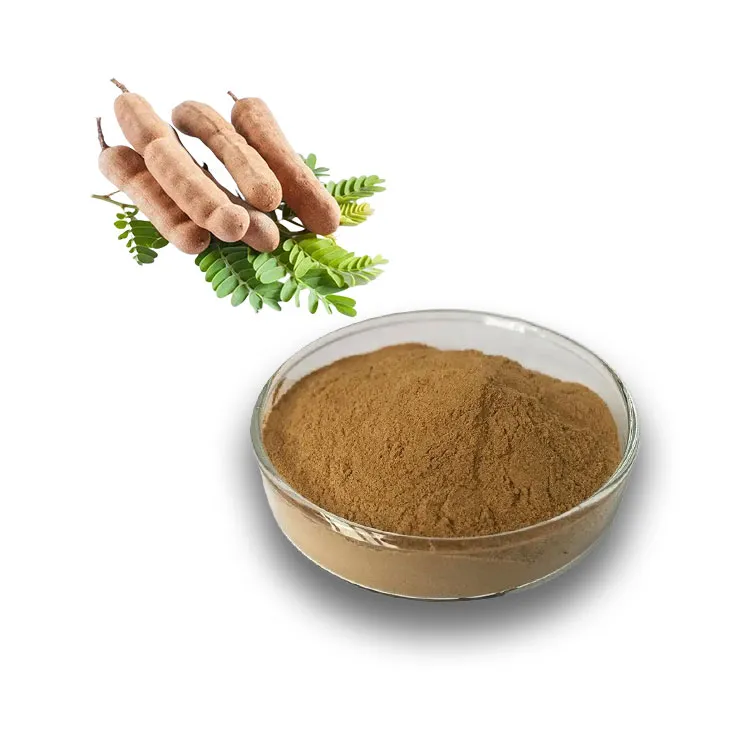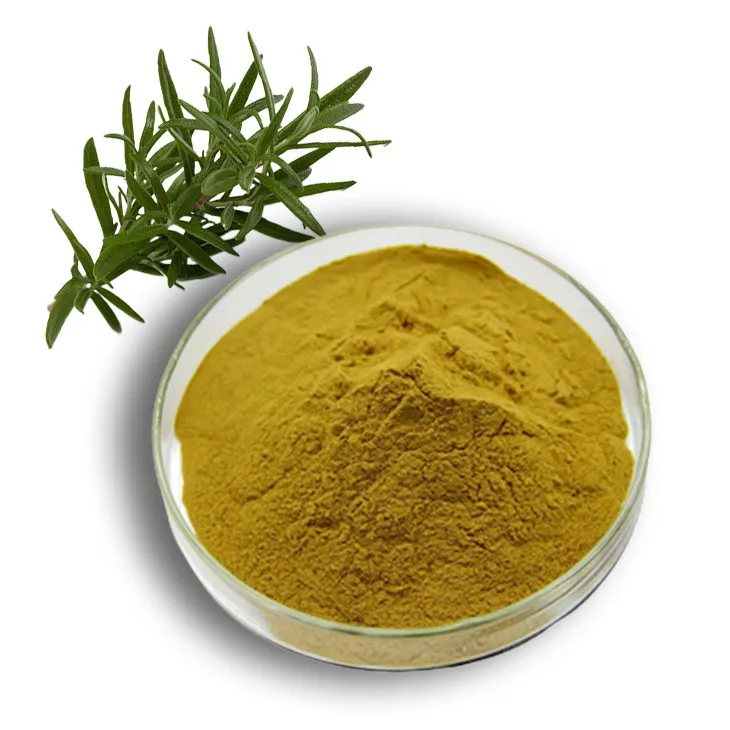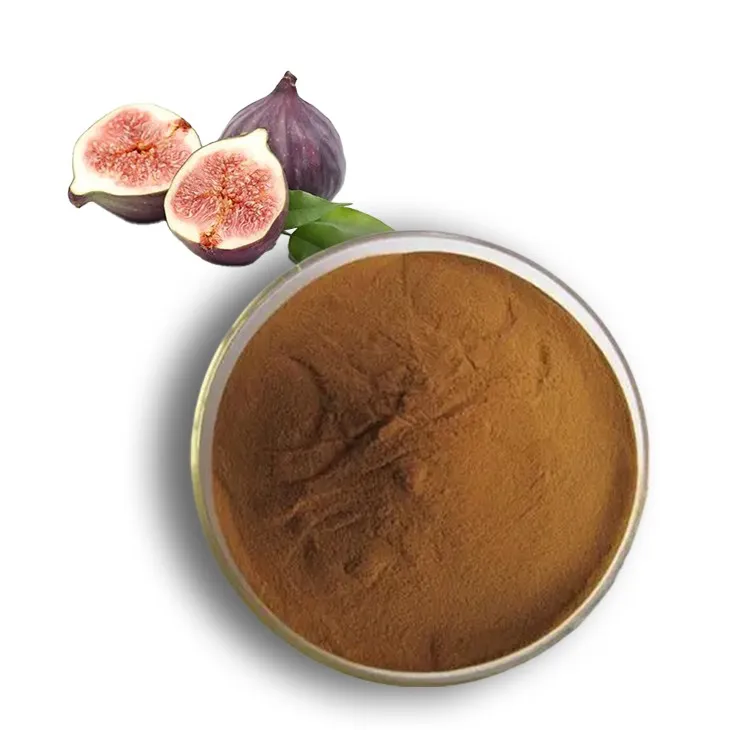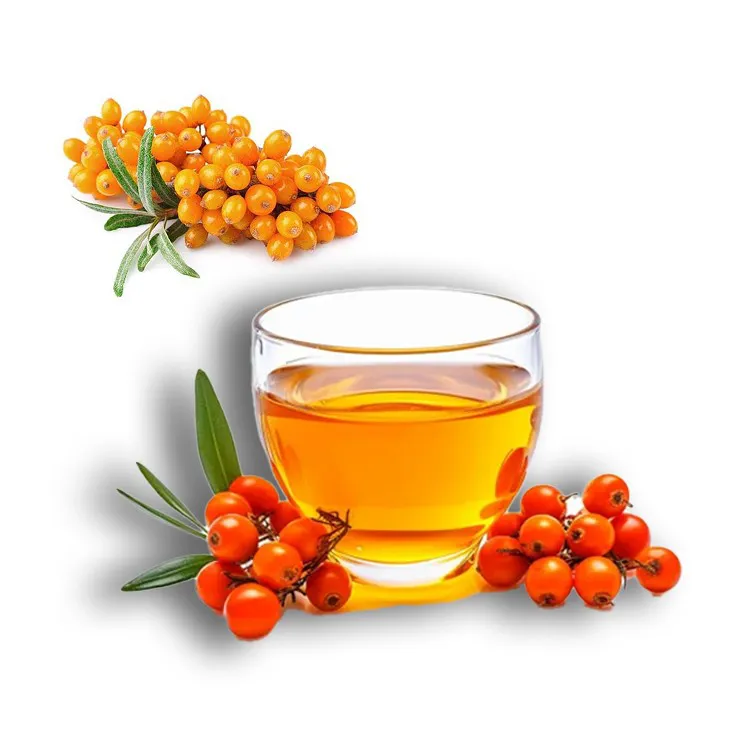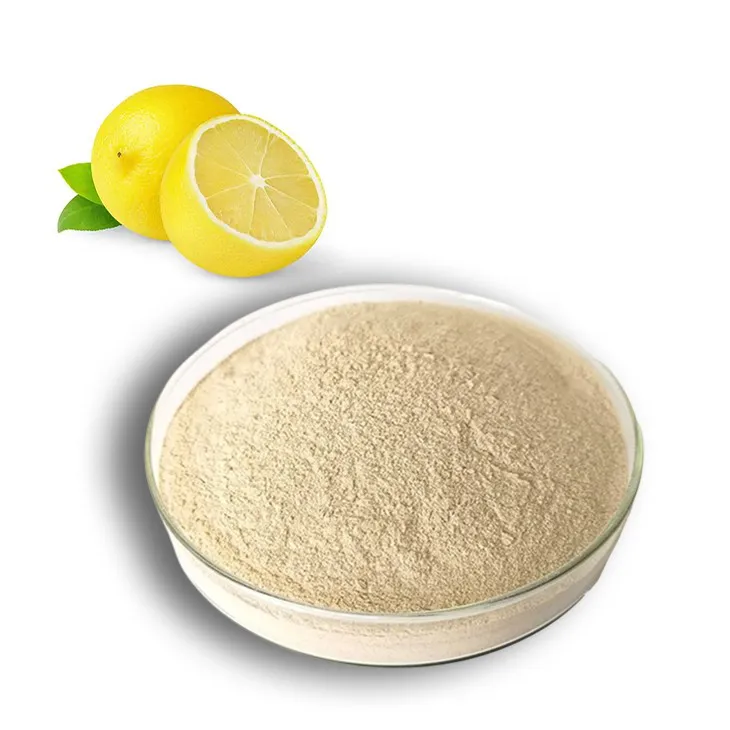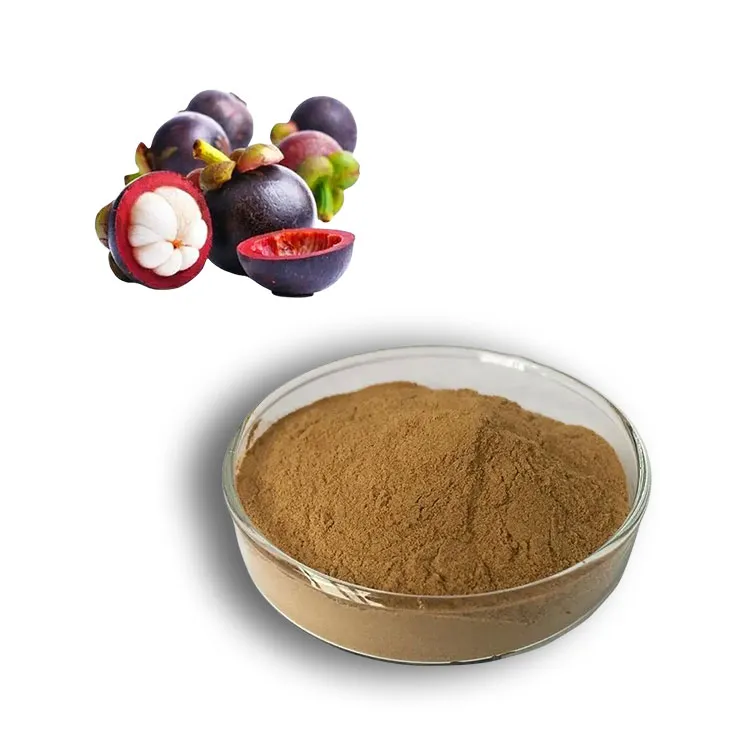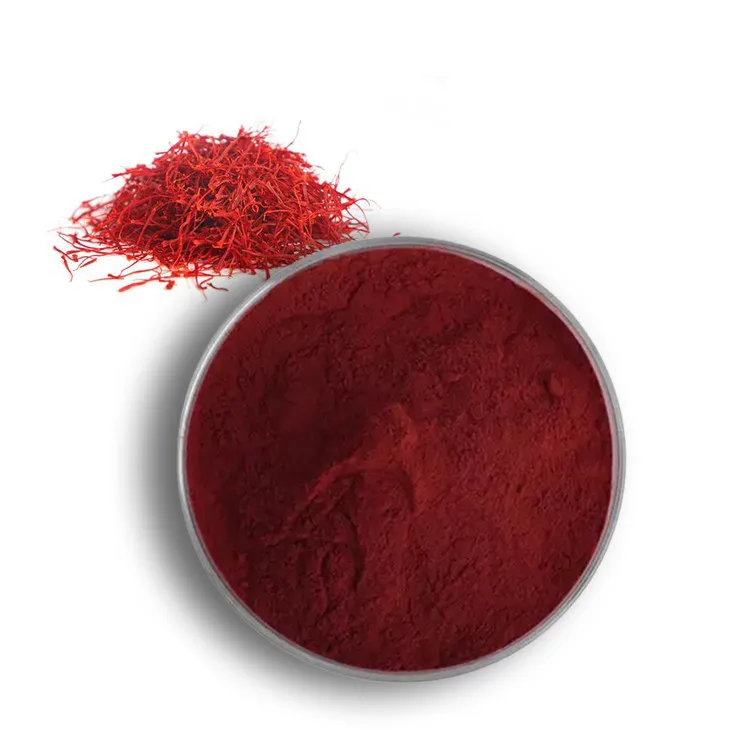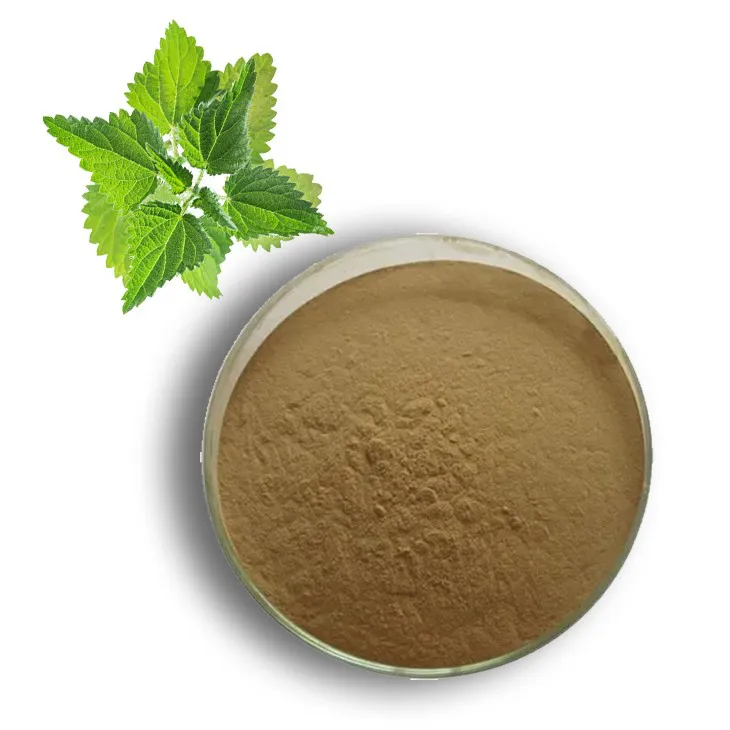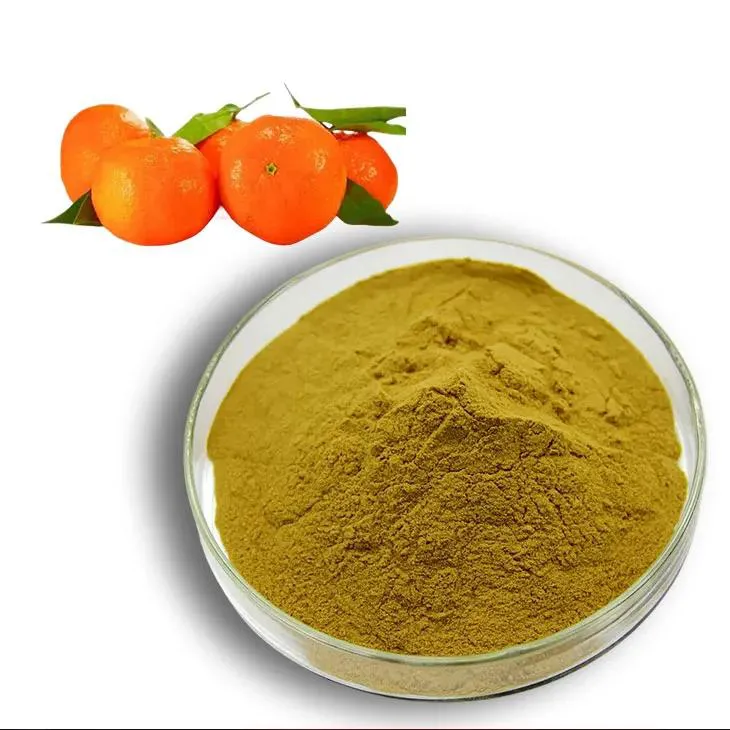- 0086-571-85302990
- sales@greenskybio.com
Navigating the World of Centella Asiatica in Personal Care Products
2024-07-04
1. Botanical Description and Origin
1. Botanical Description and Origin
Centella Asiatica, commonly known as Gotu Kola or Asiatic Pennywort, is a perennial herbaceous plant belonging to the Apiaceae family. It is native to the wetlands of Southeast Asia, particularly in countries such as India, Sri Lanka, Bangladesh, China, and Indonesia. The plant is characterized by its creeping stems, rounded leaves, and small white or pale pink flowers. The leaves, which are typically 2-5 cm in diameter, are arranged in a rosette pattern and have a distinctive green color with a slightly succulent texture.
The origin of Centella Asiatica can be traced back to ancient civilizations in these regions, where it was revered for its medicinal properties. It has been used in traditional medicine for centuries, particularly in Ayurveda and traditional Chinese medicine. The plant thrives in moist, shaded environments and is often found growing near water bodies or in marshy areas.
Centella Asiatica is known by various names in different cultures. In Sanskrit, it is called "Manas" or "Brahmi," which translates to "mind," reflecting its historical use for cognitive enhancement. In Chinese, it is known as "Ji Xue Cao," meaning "chicken blood grass," due to the red color of its stem when cut. In Vietnamese, it is referred to as "Trà sen," and in Thai, it is called "Bai Bua Bok."
The plant has a unique growth habit, with its stems creeping along the ground and rooting at the nodes, forming new plants. This characteristic allows it to spread rapidly and colonize new areas. Centella Asiatica is also known for its ability to adapt to different environmental conditions, making it a resilient and versatile plant.
In summary, Centella Asiatica is a multifaceted plant with a rich history and diverse cultural significance. Its botanical characteristics, coupled with its adaptability and resilience, make it a fascinating subject of study and a valuable resource in the field of herbal medicine and skincare.
2. Traditional Uses and Medicinal Properties
2. Traditional Uses and Medicinal Properties
Centella Asiatica, also known as cica or gotu kola, has a rich history of traditional use across various cultures, particularly in Asia. This perennial herb is native to India, Sri Lanka, and other parts of Southeast Asia, and has been revered for its medicinal properties for centuries.
Historical Context
In traditional Ayurvedic medicine, Centella Asiatica is known as "Manas" or "Manasamoola," and it is used to enhance mental clarity and memory. It is believed to have a calming effect on the mind and is used to treat conditions such as anxiety and stress.
Traditional Uses
- Wound Healing: Centella Asiatica has been used topically to promote the healing of wounds, burns, and ulcers due to its ability to stimulate collagen production and improve the skin's regenerative process.
- Skin Care: It is applied to the skin to improve texture and reduce the appearance of scars, stretch marks, and wrinkles.
- Neurological Disorders: In traditional medicine, it is used to treat various neurological disorders, including epilepsy and mental fatigue.
- Venous Insufficiency: It has been used to improve symptoms of venous insufficiency, such as varicose veins and leg ulcers, due to its ability to strengthen blood vessels.
Medicinal Properties
- Anti-Inflammatory: Centella Asiatica is known for its anti-inflammatory properties, which can help reduce redness, swelling, and irritation.
- Antioxidant: The plant contains antioxidants that help protect the body from oxidative stress and damage caused by free radicals.
- Anti-Aging: Its ability to stimulate collagen production and improve skin elasticity makes it a popular ingredient in anti-aging products.
- Neuroprotective: It has been found to have neuroprotective effects, potentially helping to protect the brain from damage and degeneration.
Cultural Significance
The use of Centella Asiatica spans across different cultures, each attributing a range of health benefits to the plant. Its versatility in traditional medicine reflects its adaptability and the wide range of health issues it can address.
In summary, Centella Asiatica's traditional uses and medicinal properties highlight its multifaceted role in healthcare, from skin care to neurological support. Its rich history and continued use in modern formulations underscore its enduring value in promoting health and well-being.
3. Chemical Composition and Active Ingredients
3. Chemical Composition and Active Ingredients
Centella Asiatica, commonly known as Asiatic pennywort or cica, is a perennial herb that boasts a rich chemical composition, which contributes to its diverse medicinal and cosmetic applications. The plant is rich in a variety of bioactive compounds that are responsible for its therapeutic properties.
Primary Chemical Constituents:
1. Triterpenoid Saponins: These are the most abundant and bioactive compounds in Centella Asiatica. They are known for their anti-inflammatory, wound healing, and neuroprotective effects. The most notable triterpenoids found in the extract include asiaticoside, madecassoside, and madecassic acid.
2. Flavonoids: These are natural antioxidants that help protect the skin from oxidative stress and free radicals. Quercetin and kaempferol are two of the prominent flavonoids present in the extract.
3. Amino Acids: Centella Asiatica is a rich source of amino acids, including aspartic acid, glutamic acid, and alanine, which are essential for skin health and collagen synthesis.
4. Vitamins: The extract contains vitamins A, C, and E, which are vital for maintaining skin elasticity, promoting wound healing, and protecting against environmental damage.
5. Minerals: Centella Asiatica is also a source of essential minerals such as zinc, copper, and manganese, which play a role in various enzymatic processes and skin health.
6. Polysaccharides: These are complex carbohydrates that contribute to the skin's hydration and have a soothing effect on the skin.
Active Ingredients and Their Functions:
- Asiaticoside: This triterpenoid saponin is one of the main active ingredients in Centella Asiatica. It is known for its ability to promote collagen synthesis, reduce inflammation, and enhance skin regeneration.
- Madecassoside and Madecassic Acid: These compounds have potent anti-inflammatory and wound healing properties, making them beneficial for treating various skin conditions.
- Flavonoids: As antioxidants, they protect the skin from oxidative stress and help in reducing the appearance of fine lines and wrinkles.
- Amino Acids: They are the building blocks of proteins, including collagen and elastin, which are crucial for maintaining skin firmness and elasticity.
- Vitamins and Minerals: These nutrients support overall skin health, enhance the skin's natural barrier function, and contribute to the repair and maintenance of skin tissues.
The synergistic action of these chemical constituents and active ingredients makes Centella Asiatica Extract a versatile and potent ingredient in skincare formulations. Its ability to soothe, heal, and protect the skin has been recognized and utilized in traditional medicine and modern cosmetics alike.
4. Skincare Benefits of Centella Asiatica Extract
4. Skincare Benefits of Centella Asiatica Extract
Centella Asiatica Extract, also known as cica extract, is renowned for its numerous skincare benefits that have been recognized and utilized for centuries. Here are some of the key advantages that this botanical extract offers for skin health and beauty:
4.1. Wound Healing and Skin Repair
Centella Asiatica is highly valued for its wound healing properties. It contains compounds like asiaticoside, madecassoside, and madecassic acid that promote the growth of new skin cells and improve the healing process of damaged skin. This makes it an excellent ingredient for treating scars, burns, and other skin injuries.
4.2. Anti-Inflammatory Properties
The extract's anti-inflammatory action helps to soothe irritated skin and reduce redness and swelling. It is particularly beneficial for individuals with sensitive or inflamed skin conditions such as eczema, dermatitis, and rosacea.
4.3. Antioxidant Protection
Rich in antioxidants, Centella Asiatica Extract shields the skin from oxidative stress caused by free radicals. This protection helps to prevent premature aging and keeps the skin looking youthful and radiant.
4.4. Hydration and Moisturization
The extract has excellent hydrating properties, thanks to its ability to stimulate the production of hyaluronic acid, a natural moisturizing factor in the skin. This helps to maintain skin's moisture levels, leading to a plumper and more supple complexion.
4.5. Collagen Production
Centella Asiatica stimulates the synthesis of collagen and elastin, which are essential proteins for maintaining skin elasticity and firmness. This makes it a popular ingredient in anti-aging skincare products.
4.6. Anti-Acne Benefits
The extract's anti-inflammatory and antimicrobial properties help to reduce acne breakouts by calming inflamed skin and inhibiting the growth of acne-causing bacteria.
4.7. Skin Soothing and Calming
For those with sensitive or reactive skin, Centella Asiatica Extract provides a calming effect, reducing the appearance of redness and irritation.
4.8. Protection Against UV Damage
Some studies suggest that Centella Asiatica may protect the skin from the harmful effects of UV radiation, although more research is needed in this area.
4.9. Promoting Skin Regeneration
The extract's regenerative properties help to speed up the skin's natural repair process, making it an ideal ingredient for post-procedure skincare routines following treatments like laser therapy or chemical peels.
4.10. Versatility in Skincare Formulations
Due to its multiple benefits, Centella Asiatica Extract can be found in a wide range of skincare products, including creams, serums, masks, and cleansers, catering to various skin types and concerns.
In summary, Centella Asiatica Extract is a versatile and potent ingredient that offers a multitude of skincare benefits, making it a valuable addition to any skincare regimen. Its ability to heal, soothe, protect, and rejuvenate the skin has solidified its reputation as a must-have in modern skincare formulations.
5. Scientific Research and Clinical Studies
5. Scientific Research and Clinical Studies
Centella Asiatica, also known as cica, has been the subject of numerous scientific research studies and clinical trials, which have explored its wide range of potential health and skincare benefits. Here, we delve into some of the key findings from these studies.
Anti-Inflammatory Effects:
Several studies have demonstrated the anti-inflammatory properties of Centella Asiatica. A study published in the "Journal of Ethnopharmacology" showed that the extract significantly reduced inflammation in animal models, suggesting its potential use in treating inflammatory skin conditions such as eczema and dermatitis.
Wound Healing Properties:
Centella Asiatica's wound healing abilities have been extensively studied. A clinical study conducted on human subjects revealed that the application of Centella Asiatica extract accelerated the healing process of wounds, indicating its potential as a valuable component in wound care products.
Antioxidant Activity:
The antioxidant capacity of Centella Asiatica has been confirmed in various research papers. A study in the "Journal of Agricultural and Food Chemistry" reported that the extract contains several antioxidant compounds that can help protect the skin from oxidative stress induced by environmental factors.
Neuroprotective Effects:
Beyond skin care, Centella Asiatica has also shown promise in neuroprotection. A study published in "Neuroscience Letters" suggested that the extract could protect neurons from damage, offering potential benefits for brain health.
Anti-Aging Benefits:
Clinical trials have indicated that Centella Asiatica may help reduce the appearance of fine lines and wrinkles by promoting collagen synthesis. A study published in the "Journal of Cosmetic Dermatology" found that the regular application of a cream containing Centella Asiatica improved skin elasticity and reduced the depth of wrinkles.
Hair Growth Stimulation:
Recent research has also explored the potential of Centella Asiatica to stimulate hair growth. A study in the "Journal of Dermatological Treatment" reported that the extract could potentially increase hair density and improve hair growth in individuals experiencing hair loss.
Safety and Toxicity Studies:
While Centella Asiatica is generally considered safe for topical application, researchers have also conducted safety and toxicity studies to ensure its non-toxic nature. A study published in "Food and Chemical Toxicology" concluded that the extract did not exhibit any signs of toxicity in tested concentrations, supporting its safety for use in cosmetics and skincare products.
These scientific research findings and clinical studies underscore the multifaceted potential of Centella Asiatica, not only in skincare but also in other health-related applications. As research continues, we can expect to uncover even more about the benefits of this remarkable plant extract.
6. Applications in Cosmetics and Personal Care Products
6. Applications in Cosmetics and Personal Care Products
Centella Asiatica Extract, revered for its multifaceted benefits, has become a staple ingredient in the cosmetics and personal care industry. Its applications are vast, ranging from skincare to hair care, and even extending to oral care products. Here's a closer look at how Centella Asiatica is utilized across various product categories:
Skincare Products
- Moisturizers and Creams: Centella Asiatica's hydrating properties make it an excellent ingredient in moisturizers, helping to lock in moisture and improve skin's elasticity.
- Serums and Essences: Its regenerative and healing properties are harnessed in serums and essences to promote skin repair and reduce the appearance of scars and stretch marks.
- Face Masks: Centella Asiatica is often found in face masks designed to soothe and calm irritated skin, as well as to provide deep hydration.
Hair Care Products
- Shampoos and Conditioners: The extract's soothing and nourishing properties are beneficial for hair care products, helping to reduce scalp irritation and promote hair health.
- Hair Masks and Treatments: Centella Asiatica is used in intensive hair treatments to strengthen hair and improve its overall condition.
Oral Care Products
- Mouthwashes and Toothpastes: The extract's antimicrobial properties can be utilized in oral care products to promote gum health and reduce inflammation.
Sun Care Products
- Sunscreens and After-Sun Products: Centella Asiatica's skin-soothing and healing properties make it a valuable addition to sun care products, helping to protect and repair skin from sun damage.
Anti-Aging Products
- Anti-Wrinkle Creams and Serums: The extract's ability to stimulate collagen production makes it a popular ingredient in anti-aging formulations designed to reduce the appearance of fine lines and wrinkles.
Sensitive Skin Products
- Hypoallergenic and Fragrance-Free Products: Centella Asiatica's calming effect on the skin makes it suitable for sensitive skin products that aim to minimize the risk of irritation.
Makeup Products
- Foundations and BB Creams: The extract can be incorporated into makeup products to provide skincare benefits while offering coverage, such as hydration and skin-soothing properties.
Men's Grooming Products
- Aftershave and Skincare for Men: Centella Asiatica's soothing and healing properties are beneficial in men's grooming products, particularly aftershave lotions, to calm and heal the skin post-shave.
The versatility of Centella Asiatica Extract in personal care products underscores its value as a natural, holistic ingredient that addresses a wide range of skin and hair concerns. As consumer demand for natural and effective ingredients continues to grow, the applications of Centella Asiatica in cosmetics and personal care products are expected to expand further.
7. Safety and Side Effects
7. Safety and Side Effects
Centella Asiatica Extract, also known as cica extract, is widely recognized for its soothing and healing properties. However, as with any natural ingredient, it is essential to consider its safety and potential side effects when using it in skincare products or as a supplement.
Safety:
- Non-Toxic: Centella Asiatica is generally considered non-toxic and safe for topical application.
- Hypoallergenic: It is often touted as hypoallergenic, making it suitable for sensitive skin types.
- GRAS Status: The extract has been classified as Generally Recognized As Safe (GRAS) by the FDA for use in food products, indicating its safety for consumption.
Potential Side Effects:
- Allergic Reactions: Despite its hypoallergenic nature, some individuals may experience allergic reactions to Centella Asiatica. Symptoms can include itching, redness, or swelling.
- Skin Irritation: In rare cases, the extract may cause skin irritation, especially if the product is not properly formulated or if the user has a specific sensitivity to one of its components.
- Interactions with Medications: There is limited evidence suggesting that Centella Asiatica may interact with certain medications, particularly those affecting blood clotting. Users on anticoagulants or with bleeding disorders should consult a healthcare provider before using products containing this extract.
Precautions:
- Patch Test: Before incorporating Centella Asiatica into your skincare routine, it is advisable to perform a patch test to check for any adverse reactions.
- Consultation with Healthcare Professionals: Individuals with pre-existing medical conditions or those taking medications should consult with a healthcare professional before using Centella Asiatica products.
- Quality of Products: Ensure that the Centella Asiatica products you use are of high quality and from reputable sources to minimize the risk of contamination or adverse effects.
In summary, while Centella Asiatica Extract is generally safe and well-tolerated, it is crucial to be aware of potential side effects and take necessary precautions to ensure its safe use. Always look for products that have been tested for safety and efficacy, and consult with a healthcare provider if you have any concerns or pre-existing conditions.
8. How to Incorporate Centella Asiatica into Your Routine
8. How to Incorporate Centella Asiatica into Your Routine
Incorporating Centella Asiatica into your skincare routine can be a beneficial addition for those seeking to improve skin health and address specific skin concerns. Here are some ways to effectively use Centella Asiatica in your daily routine:
1. Identify Your Skin Needs:
- Determine the primary skin concerns you wish to address, such as acne scars, aging, or sensitive skin. This will help you choose the right Centella Asiatica products.
2. Choose the Right Products:
- Look for skincare products that contain Centella Asiatica as a key ingredient. These can range from serums and creams to masks and toners.
3. Start with a Clean Canvas:
- Always begin with a clean face. Use a gentle cleanser to remove dirt, oil, and makeup before applying Centella Asiatica products.
4. Apply in Layers:
- If you're using multiple Centella Asiatica products, apply them in a layering manner. Start with the lightest product, like a toner, and follow with heavier creams or serums.
5. Use a Serum:
- Centella Asiatica serums are highly concentrated and can be applied directly to the skin for targeted treatment. Gently pat the serum into your skin until fully absorbed.
6. Moisturize:
- After applying Centella Asiatica products, always follow up with a moisturizer to lock in the benefits and keep your skin hydrated.
7. Nighttime Care:
- For optimal results, use Centella Asiatica products at night. This allows the skin to repair and regenerate while you sleep.
8. Consistency is Key:
- For best results, use Centella Asiatica products consistently. It may take several weeks to see noticeable improvements in your skin.
9. Patch Test:
- Before incorporating a new product into your routine, perform a patch test to ensure you do not have an adverse reaction.
10. Monitor Your Skin's Response:
- Pay attention to how your skin reacts to the Centella Asiatica products. If you notice any irritation or discomfort, discontinue use and consult a dermatologist.
11. Combine with Sun Protection:
- Centella Asiatica can help with skin healing, but it's important to protect your skin from further damage. Always apply sunscreen during the day.
12. Adjust as Needed:
- Your skin's needs may change with the seasons or due to other factors. Be prepared to adjust your Centella Asiatica routine accordingly.
By following these guidelines, you can effectively incorporate Centella Asiatica into your skincare routine, harnessing its potential to improve various skin conditions and promote overall skin health.
9. Conclusion and Future Perspectives
9. Conclusion and Future Perspectives
Centella Asiatica Extract, with its rich history and diverse range of benefits, has firmly established itself as a valuable asset in both traditional medicine and modern skincare. Its multifaceted properties make it a versatile ingredient that can cater to a wide array of skin concerns, from wound healing to anti-aging.
As we conclude, it is evident that Centella Asiatica Extract has a solid foundation in traditional uses, supported by ongoing scientific research and clinical studies that validate its efficacy and safety. The future of Centella Asiatica in the cosmetics and personal care industry looks promising, with potential for further exploration into its benefits and applications.
With the growing consumer demand for natural and effective skincare solutions, Centella Asiatica Extract is poised to play a significant role in the development of innovative products. As research continues, we can expect to uncover more about its synergistic effects with other botanicals and its potential role in addressing new skincare challenges.
The future perspectives also include the possibility of genetic modification or selective breeding to enhance the concentration of active ingredients in Centella Asiatica, ensuring a more potent and effective product for consumers. Additionally, as sustainability becomes a key concern in the industry, the cultivation and harvesting practices of Centella Asiatica will need to be scrutinized and improved to ensure environmental friendliness.
In conclusion, Centella Asiatica Extract is a remarkable botanical with a bright future in skincare and beyond. Its ability to promote skin health, combined with its safety profile and consumer appeal, positions it as a key ingredient for the development of effective and natural skincare products. As our understanding of its properties deepens, we can anticipate even more innovative uses for this ancient plant in the years to come.
- ▶ Hesperidin
- ▶ Citrus Bioflavonoids
- ▶ Plant Extract
- ▶ lycopene
- ▶ Diosmin
- ▶ Grape seed extract
- ▶ Sea buckthorn Juice Powder
- ▶ Fruit Juice Powder
- ▶ Hops Extract
- ▶ Artichoke Extract
- ▶ Mushroom extract
- ▶ Astaxanthin
- ▶ Green Tea Extract
- ▶ Curcumin
- ▶ Horse Chestnut Extract
- ▶ Other Product
- ▶ Boswellia Serrata Extract
- ▶ Resveratrol
- ▶ Marigold Extract
- ▶ Grape Leaf Extract
- ▶ New Product
- ▶ Aminolevulinic acid
- ▶ Cranberry Extract
- ▶ Red Yeast Rice
- ▶ Red Wine Extract
-
Yohimbine Bark Extract
2024-07-04
-
Tamarind extract powder
2024-07-04
-
Rosemary extract
2024-07-04
-
Fig Extract
2024-07-04
-
Sea buckthorn oil
2024-07-04
-
Lemon Extract
2024-07-04
-
Mangosteen extract powder
2024-07-04
-
Saffron Extract Powder
2024-07-04
-
Nettle leaf extract
2024-07-04
-
Citrus bioflavonoids
2024-07-04











